A Beginner’s Guide to Drone Maintenance and Repairs
16 March 2025
Drones have taken the world by storm. From hobbyists flying them for fun to professionals using them for photography, videography, and even delivery services, these high-flying gadgets are everywhere. But like any piece of tech, drones require regular upkeep to function at their best. If you’re a beginner and you’ve just got your hands on your first drone, you might be wondering how to keep it in top shape. Well, you've come to the right place!
In this guide, we’ll walk you through the basics of drone maintenance and repairs, offering tips and tricks that can help extend the life of your drone and keep it soaring smoothly. Ready to dive in? Let’s take off!
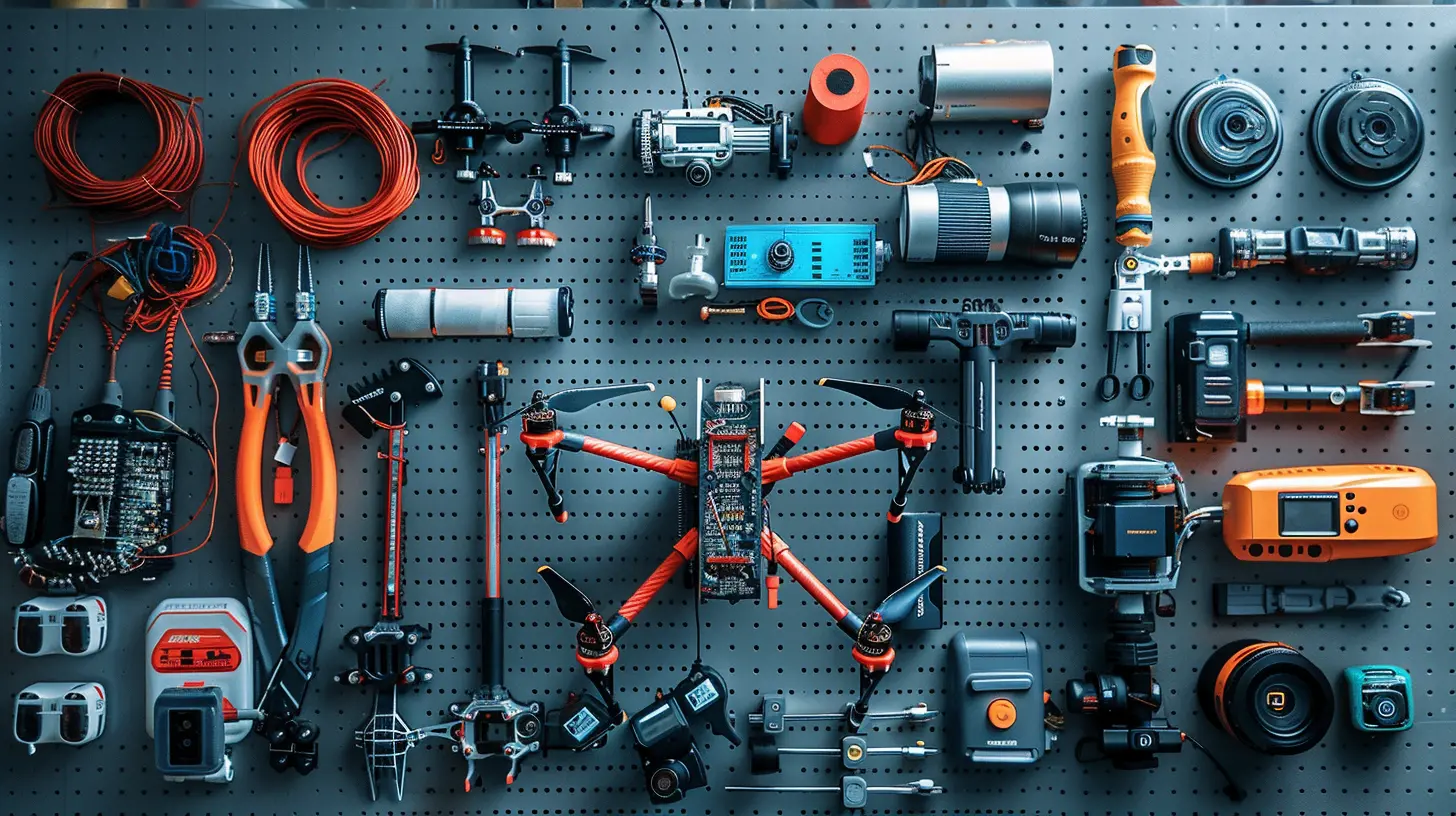
Why Drone Maintenance is Important
It’s tempting to think that once you’ve bought a drone, you can just fly it endlessly without a hitch. Unfortunately, that’s not how it works. Like a car or a computer, drones are complex machines that require regular maintenance to stay functional.Why is this so important? Well, for starters, proper maintenance ensures your drone flies safely. No one wants their drone dropping out of the sky mid-flight, right? Regular upkeep also prevents potential issues from escalating into major problems, saving you from costly repairs or even the need to buy a new drone altogether.
Plus, if you're using your drone for professional purposes like photography or surveying, downtime from a malfunctioning drone can mean lost business. So, taking care of your drone isn’t just about extending its life; it’s also about ensuring smooth, uninterrupted operation.
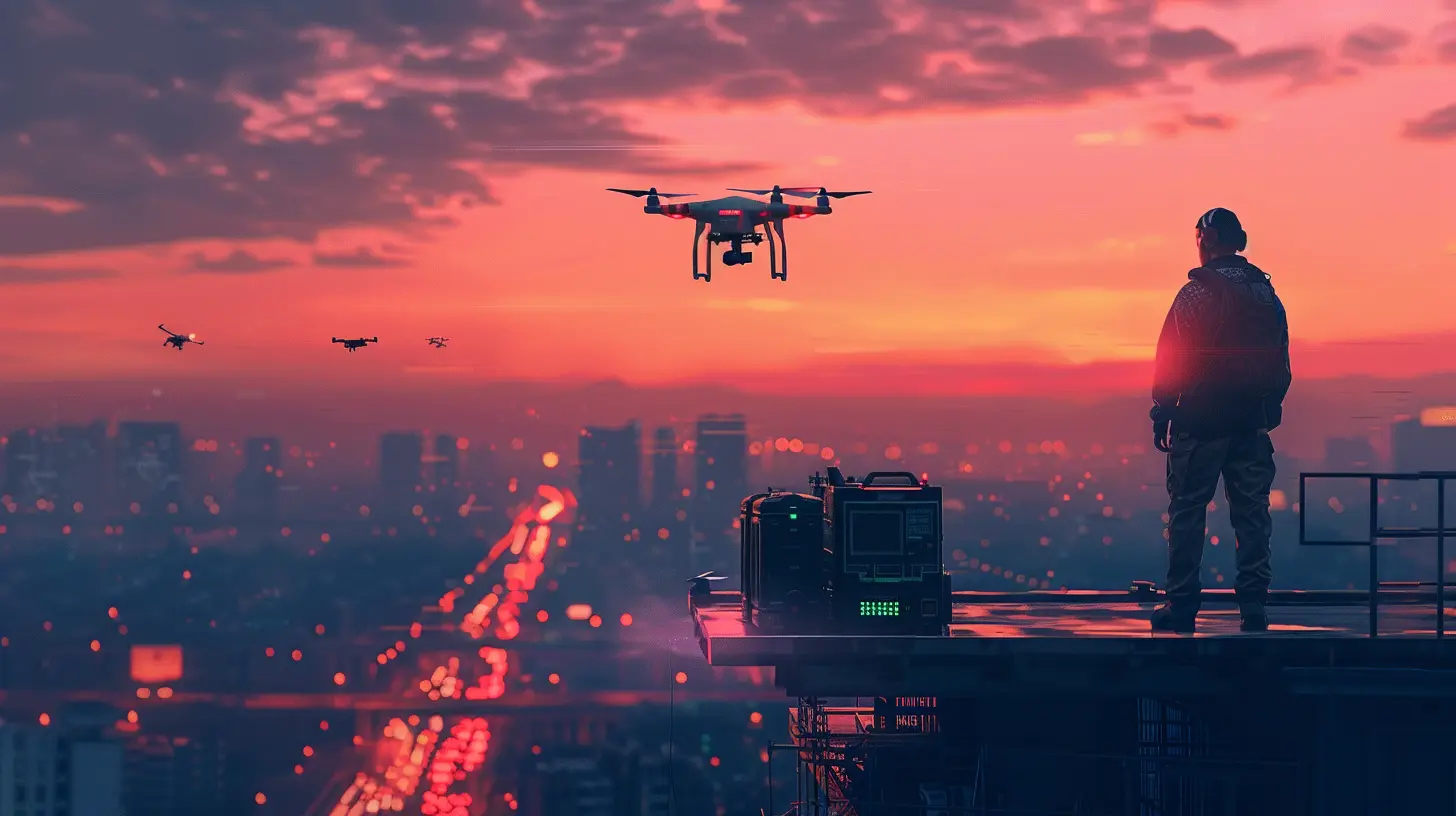
Basic Drone Maintenance: The Essentials
Let’s break drone maintenance down into manageable chunks. Taking care of your drone doesn’t have to be complicated, and with a little routine effort, you can keep your drone in great condition for years. Here are the essentials you should pay attention to:1. Propeller Care
Propellers are your drone’s wings, and they’re likely to take the most damage during use. Whether it’s from crashing into a tree or just regular wear and tear, damaged propellers can severely affect your drone's performance.- Inspect Before Every Flight: Before every flight, take a quick look at your propellers. Check for cracks, chips, or any signs of warping. If you notice any damage, it’s better to replace them immediately rather than risk a flight with compromised propellers.
- Replace Regularly: Even if your propellers look fine, it’s a good idea to replace them regularly, especially if you fly your drone often. A good rule of thumb is to change them every few months, depending on usage.
- Balance Your Propellers: Unbalanced propellers can cause vibrations, which might lead to shaky footage or even damage to your drone’s motor over time. You can use a propeller balancing tool to ensure everything is in perfect harmony.
2. Battery Maintenance
Drone batteries are a bit like the heart of your drone, and without proper care, they won’t last long. Lithium-polymer (LiPo) batteries, which most drones use, are sensitive and require special attention.- Storage: Never store your batteries fully charged or fully depleted. Ideally, you should store them at around 50-60% charge. If you plan on not using your drone for a while, make sure to check the battery levels every few months to ensure it’s still within the safe range.
- Temperature: LiPo batteries are sensitive to extreme temperatures. Avoid flying your drone in very cold or very hot conditions, as this can reduce the lifespan of the battery. Also, don’t charge your batteries right after a flight—let them cool down first.
- Charging: Always use the charger that comes with your drone, and avoid overcharging your batteries. Some chargers come with a “storage mode” that automatically charges the battery to the optimal level for storage.
3. Cleaning Your Drone
Dust, dirt, and debris are your drone's enemies. Keeping your drone clean will help it perform better and prevent any small particles from causing damage over time.- After Every Flight: After each flight, especially if you’ve been flying in dusty or sandy environments, give your drone a quick clean. Use a soft cloth to wipe away any dirt, and a small brush or compressed air to clean out harder-to-reach areas like the motors.
- Motor Care: The motors are particularly susceptible to dirt and dust. Grit can get inside the motor and cause wear on the internal components, which can lead to reduced performance or even motor failure. Periodically check your motors and gently clean them with compressed air.
4. Firmware Updates
Just like your smartphone, your drone has software that occasionally needs to be updated. Manufacturers release firmware updates to improve performance, fix bugs, and add new features.- Check Regularly: Make it a habit to check for firmware updates regularly. Many drones come with companion apps that will notify you when an update is available. Installing these updates ensures your drone is running at its best.
5. Gimbal and Camera Care
If your drone comes equipped with a camera, you’ll want to make sure it stays in tip-top shape. The gimbal (which stabilizes the camera) and the camera lens are delicate components that need extra care.- Lens Cleaning: Use a microfiber cloth to clean the camera lens, similar to how you’d clean a camera or a pair of glasses. Avoid using harsh chemicals as they can damage the lens.
- Gimbal Protection: The gimbal is a fragile piece of equipment. Many drones come with a gimbal guard—use it whenever you're transporting the drone. Also, avoid touching the gimbal as much as possible to prevent misalignment or damage.
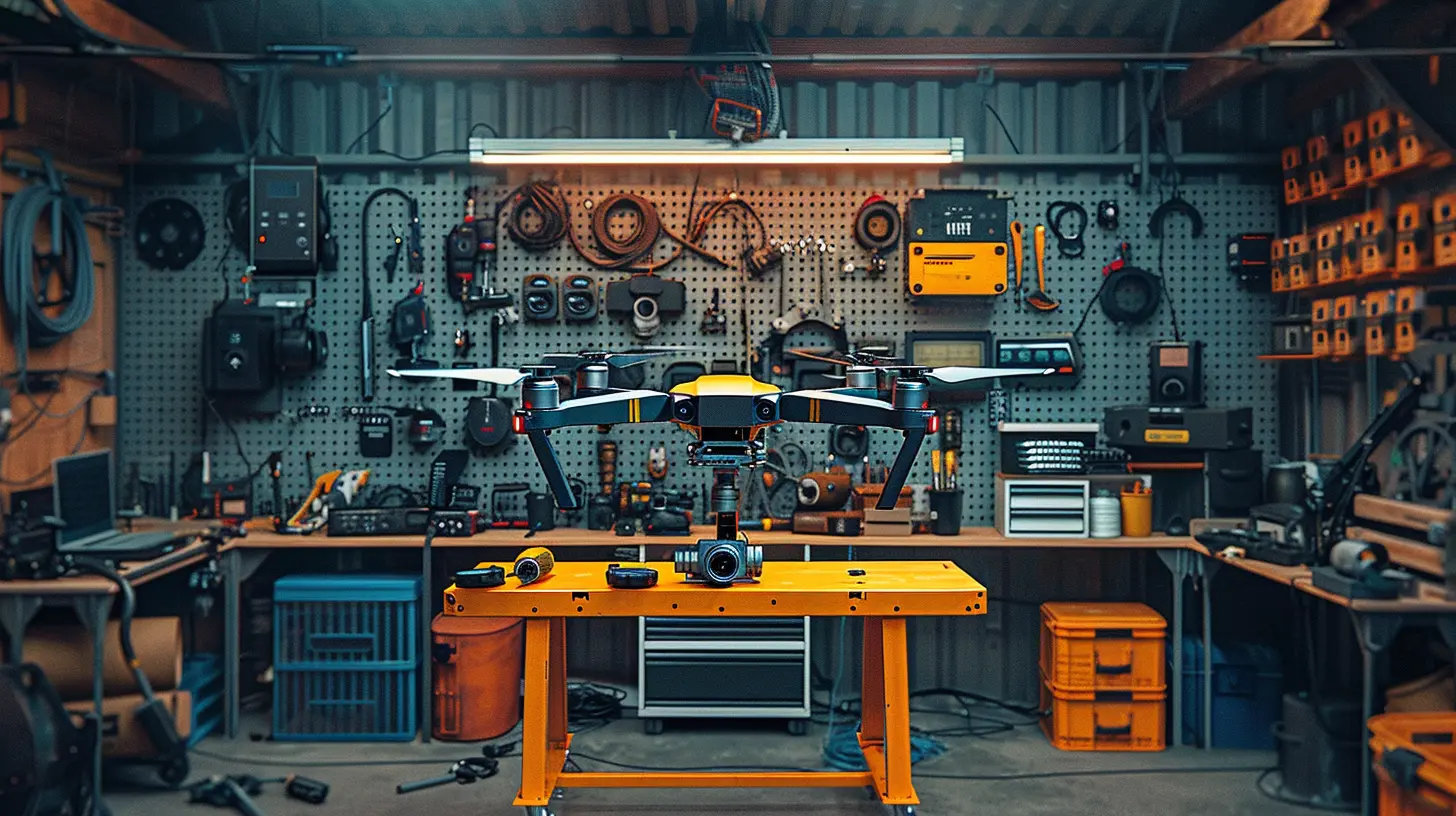
Common Drone Repairs
Even with the best maintenance practices, accidents happen. Your drone might take a tumble, or a component could wear out over time. So, let’s talk about some common drone repairs that you might need to handle as a drone owner.1. Replacing Propellers
As we mentioned earlier, propellers are one of the most commonly damaged parts of a drone. Replacing them is easy and usually just involves unscrewing the old propeller and attaching the new one. Most drone manufacturers provide extra propellers in the box, so you should always have spares on hand.2. Fixing a Cracked Frame
If your drone takes a hard fall, the frame might crack. Small cracks can be fixed using epoxy glue, but larger cracks may require replacing the frame altogether. Luckily, most drones have modular designs, meaning you can purchase replacement frames without having to buy a new drone.3. Motor Replacement
If you notice that one of your motors isn’t spinning properly or makes strange noises, it might be time for a replacement. Replacing a motor can be a bit tricky and usually involves some soldering, but it’s doable if you’re comfortable with basic electronics. Just be sure you’re replacing it with the correct model of motor for your drone.4. Battery Replacement
Over time, your drone’s battery will naturally degrade and lose its ability to hold a charge. If you notice reduced flight times or your drone shutting off unexpectedly, it might be time to replace the battery. Luckily, replacing a battery is straightforward—just make sure to buy one that’s compatible with your drone model.5. Gimbal Repair
Gimbal repairs can be a bit more complex, especially if the gimbal mechanism is damaged. In some cases, you might need to recalibrate the gimbal through your drone’s software, but if the damage is severe, professional repair might be necessary.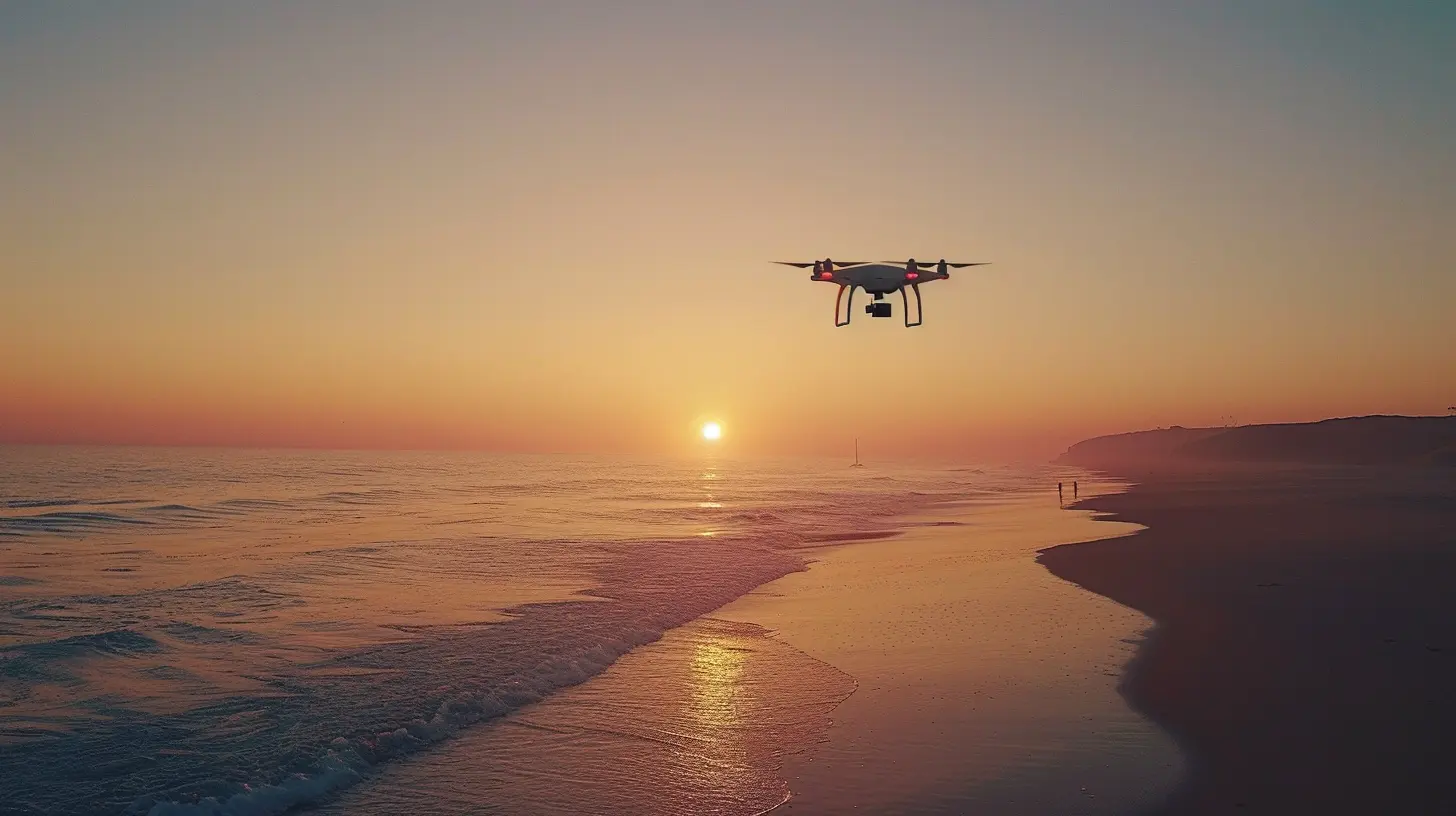
When to Seek Professional Help
Not all repairs are DIY-friendly. If your drone has suffered significant damage (like water damage or severe electronic issues), it’s best to consult a professional. Many drone manufacturers offer repair services, and there are also third-party repair shops that specialize in drones.If you’re unsure whether you can handle a repair on your own, don’t hesitate to seek help. Attempting a repair you’re not comfortable with can sometimes make the problem worse, resulting in even costlier fixes.
Final Thoughts
Taking care of your drone doesn’t have to be a daunting task. By following these maintenance tips and knowing how to handle common repairs, you can keep your drone in the air and avoid costly downtime. Whether you’re flying for fun or work, proper drone care ensures that your investment lasts as long as possible.Remember, a little bit of regular maintenance goes a long way. So, take the time to check your propellers, clean your drone, and update your firmware. Your drone will thank you for it!
Happy flying!
all images in this post were generated using AI tools
Category:
DronesAuthor:

Adeline Taylor
Discussion
rate this article
9 comments
Soliel McGinn
Great tips for keeping drones in top condition. Thanks!
April 6, 2025 at 3:33 AM

Adeline Taylor
Thank you! I'm glad you found the tips helpful! Happy flying!
Phaedra Ford
Regular maintenance ensures longevity; treat your drone with care.
April 5, 2025 at 6:49 PM

Adeline Taylor
Absolutely! Regular maintenance is key to extending your drone's lifespan and ensuring optimal performance. Treat it well!
Kendall Love
This article offers a valuable foundation for novice drone enthusiasts. By emphasizing routine maintenance and basic repair techniques, it empowers users to extend their drones' lifespan while enhancing their flying experiences. Great resource!
April 4, 2025 at 2:46 AM

Adeline Taylor
Thank you for your kind words! I'm glad you found the article helpful for novice drone enthusiasts. Happy flying!
Georgina Bailey
Great article! 🛩️ It's essential for drone enthusiasts to understand maintenance and repairs. Your tips are concise and user-friendly, making it easy for beginners to keep their drones in top shape. Can’t wait to dive into the details!
April 1, 2025 at 8:37 PM

Adeline Taylor
Thank you! I’m glad you found the tips helpful. Happy flying and maintaining your drone! 🛩️
Flint Hunter
Great article! Regular maintenance and understanding common repairs are crucial for keeping drones in top shape. Simple checks can extend lifespan and enhance performance. Happy flying!
March 27, 2025 at 5:43 AM

Adeline Taylor
Thank you! I'm glad you found the article helpful. Happy flying and maintaining your drone!
Peter Clarke
This comprehensive guide offers essential tips for beginners on drone maintenance and repairs, covering routine checks, troubleshooting common issues, and ensuring optimal performance for your aerial technology.
March 26, 2025 at 9:11 PM

Adeline Taylor
Thank you! I'm glad you found the guide helpful for getting started with drone maintenance and repairs. Happy flying!
Lark Strickland
Drones are complex machines; neglecting maintenance is a rookie mistake. Embrace the upkeep and keep your flights smooth and reliable.
March 21, 2025 at 4:47 AM

Adeline Taylor
Absolutely! Regular maintenance is key to ensuring optimal drone performance and longevity. Thanks for the reminder!
Savannah Riley
This guide is essential for any drone owner—mastering maintenance and repairs ensures optimal performance and longevity for your investment.
March 20, 2025 at 3:23 AM

Adeline Taylor
Thank you! We're glad you found the guide helpful for ensuring your drone's performance and longevity. Happy flying!
Drift Scott
Is your drone acting more like a stubborn teenager than a high-flying marvel? Fear not! This guide will help you tune up your airborne buddy faster than you can say ‘unmanned aircraft.’ Let’s get your drone soaring again—preferably not into a tree!
March 17, 2025 at 3:26 AM

Adeline Taylor
Thanks for the fun comment! We’ll have your drone back in the air in no time—tree avoidance included!
MORE POSTS
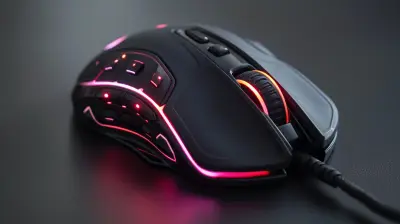
Ergonomic Mice for Gamers: Comfort Meets Precision

The Role of Quantum Computing in Solving Complex Optimization Problems
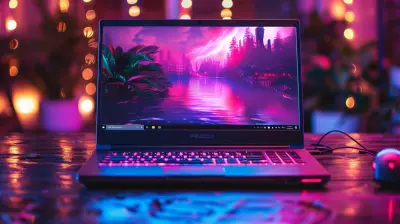
How to Overclock Your Gaming Laptop for Maximum Performance

G and the Future of Streaming Services

Quantum Computing and Space Exploration: Unlocking New Possibilities
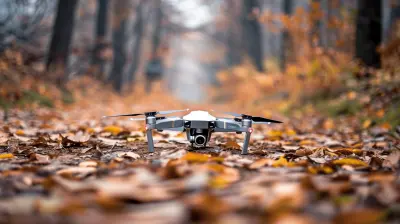
Understanding Drone Regulations: What You Need to Know
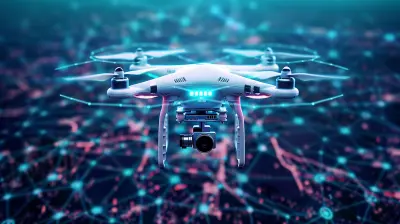
Drone Swarms: The Future of Coordinated Aerial Systems